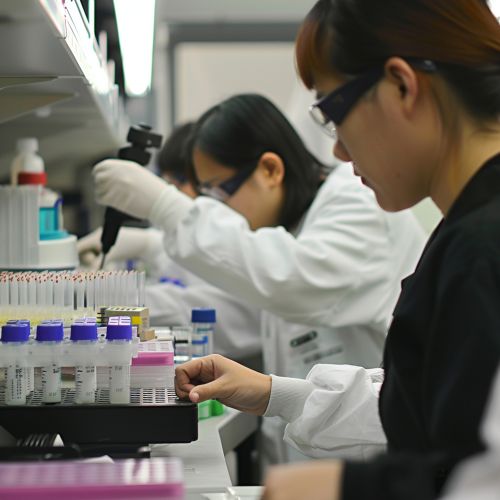Selection Bias
Overview
Selection bias is a type of statistical bias that occurs when the sample obtained does not accurately represent the population intended to be analyzed. It is a systematic error that can significantly affect the validity of research findings and lead to spurious associations. This bias can occur at any stage of research, including the design, data collection, analysis, and interpretation stages.
Types of Selection Bias
There are several types of selection bias, including sampling bias, time interval bias, attrition bias, and survivorship bias.
Sampling Bias
Sampling bias occurs when certain members of the intended population are less likely to be included in the sample than others. This can result in a sample that is not representative of the population from which it was drawn.
Time Interval Bias
Time interval bias, also known as time bias, occurs when the time period chosen for data collection influences the results. For example, if a study on flu prevalence is conducted during the winter, the results may overestimate the annual prevalence of the flu.
Attrition Bias
Attrition bias occurs when participants drop out of a longitudinal study over time. If the characteristics of those who drop out differ from those who remain, the results may be biased.
Survivorship Bias
Survivorship bias is a type of bias that occurs when the sample includes only those who 'survived' a process and excludes those who didn't. For instance, in a study of business success, if only successful companies are considered, the results may not accurately represent the factors that contribute to business success.
Causes of Selection Bias
Selection bias can be caused by a variety of factors, including non-random sampling, data collection methods, response rates, and the exclusion of certain groups.
Non-Random Sampling
Non-random sampling can lead to selection bias if the sample is not representative of the population. This can occur when researchers use convenience sampling or volunteer samples.
Data Collection Methods
The methods used to collect data can also introduce selection bias. For example, if data is collected through self-report surveys, individuals who choose not to respond may differ in important ways from those who do respond.
Response Rates
Differences in response rates across groups can lead to selection bias. If certain groups are less likely to respond to a survey or participate in a study, these groups may be underrepresented in the data.
Exclusion of Certain Groups
Excluding certain groups from the sample can also lead to selection bias. For example, if a study on health outcomes excludes individuals with pre-existing conditions, the results may not accurately represent the population.
Impact of Selection Bias
Selection bias can significantly impact the validity of research findings. It can lead to inaccurate estimates of associations and may lead to false conclusions. It can also reduce the generalizability of the findings, as the sample may not accurately represent the population.
Prevention and Control of Selection Bias
Preventing and controlling selection bias involves careful study design, appropriate sampling methods, and statistical adjustment.
Study Design
A well-designed study can help prevent selection bias. This includes clearly defining the target population, using appropriate sampling methods, and ensuring that the sample is representative of the population.
Sampling Methods
Using appropriate sampling methods can help control selection bias. This includes using random sampling methods and ensuring that all members of the population have an equal chance of being included in the sample.
Statistical Adjustment
Statistical adjustment can be used to control for selection bias. This involves adjusting the results for potential confounding variables that may be associated with both the exposure and the outcome.
See Also


